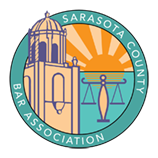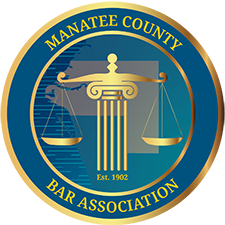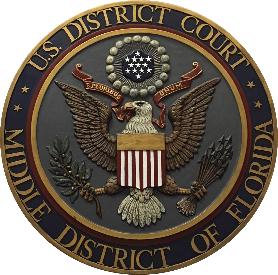Sarasota Attorneys for Do Not Resuscitate Orders
Do Not Resuscitate Orders (hereinafter “DNRO”) are governed by: Florida Statute Chapter 401, titled “Medical Telecommunications and Transportation” Section 401.45(3)(a), titled “Denial of Medical Treatment; Civil Liability”; and, Florida Administrative Code Section 64J-2.018, titled “Do Not Resuscitate Order Form and Patient Identification Device”.
A DNRO form is used by people who do not desire to be resuscitated in the event of cardiac or respiratory arrest. The form is available from the Florida Department of Health for free.
**The form MUST be printed on YELLOW paper, otherwise it is not legally valid.** EMS and medical personnel are only required to honor the form if it is printed on yellow paper.
An emergency medical technician or paramedic shall withhold or withdraw cardiopulmonary resuscitation:
(a) Upon the presentation of an original or a completed copy of DH Form 1896, Florida Do Not Resuscitate Order Form, December 2004, which is incorporated by reference and available from the department at no cost, or, any previous edition of DH Form 1896; or
(b) Upon the presentation or observation, on the patient, of a Do Not Resuscitate Order patient identification device.
The Do Not Resuscitate Order:
(a) Form shall be printed on yellow paper and have the words “DO NOT RESUSCITATE ORDER” printed in black and displayed across the top of the form. DH Form 1896 may be duplicated, provided that the content of the form is unaltered, the reproduction is of good quality, and it is duplicated on yellow paper. The shade of yellow does not have to be an exact duplicate;
(b) Patient identification device is a miniature version of DH Form 1896 and is incorporated by reference as part of the DNRO form. Use of the patient identification device is voluntary and is intended to provide a convenient and portable DNRO which travels with the patient. The device is perforated so that it can be separated from the DNRO form. It can also be hole-punched, attached to a chain in some fashion and visibly displayed on the patient. In order to protect this device from hazardous conditions, it shall be laminated after completing it. Failure to laminate the device shall not be grounds for not honoring a patient’s DNRO order, if the device is otherwise properly completed.
The DNRO form and patient identification device must be signed by the patient’s physician. In addition, the patient, or, if the patient is incapable of providing informed consent, the patient’s health care surrogate or proxy as defined in Section 765.101, F.S., or court appointed guardian or person acting pursuant to a durable power of attorney established pursuant to Section 709.08, F.S., must sign the form and the patient identification device in order for them to be valid.
An emergency medical technician or paramedic shall verify the identity of the patient who is the subject of the DNRO form or patient identification device. Verification shall be obtained from the patient’s driver license, other photo identification, or from a witness in the presence of the patient.
During each transport, the EMS provider shall ensure that a copy of the DNRO form or the patient identification device accompanies the live patient. The EMS provider shall provide comforting, pain-relieving and any other medically indicated care, short of respiratory or cardiac resuscitation.
A DNRO may be revoked at any time by the patient, if signed by the patient, or the patient’s health care surrogate, or proxy or court appointed guardian or person acting pursuant to a durable power of attorney established pursuant to Section 709.08, F.S. Pursuant to Section 765.104, F.S., the revocation may be in writing, by physical destruction, by failure to present it, or by orally expressing a contrary intent.
Please contact us to discuss any specific situation or needs you may have to see how we may be able to assist in reaching a resolution. We offer a free thirty (30) minute consultation to see if we can help.






